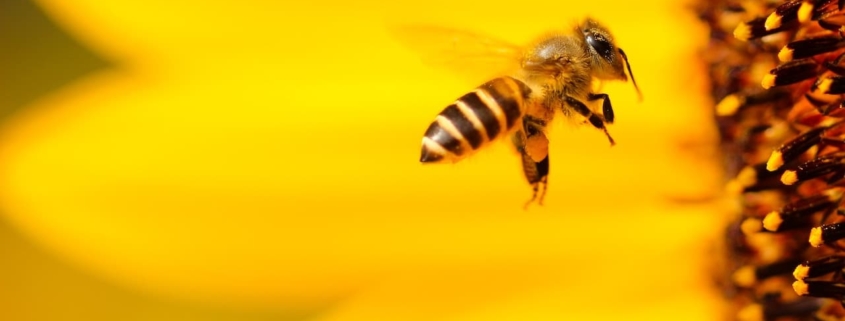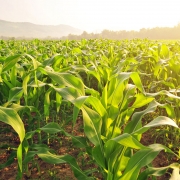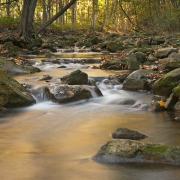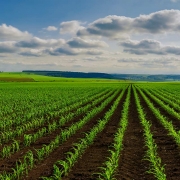EPA Administrator Regan Signs Proclamation to Mark National Pollinator Week
This original announcement was published by the EPA on June 21, 2021. Click here for more information.
The agency continues to advance its work to protect pollinators
Today, U.S. Environmental Protection Agency (EPA) Administrator Michael S. Regan issued a proclamation in support of National Pollinator Week. This week EPA recognizes the importance of pollinators to America’s food systems and ecosystems and raise awareness about how to promote pollinator health where you live.
“Pollinators are essential for sustaining healthy communities and play a vital role in providing the nation with fresh fruit, vegetables, nuts, and more,” said EPA Administrator Michael S. Regan. “Today, I am proud to affirm this agency’s commitment to protecting the more than 200,000 known species of pollinators.”
As part of the agency’s ongoing work to protect pollinators, EPA is reinvigorating its commitment to the Memorandum of Understanding (MOU) with the Pollinator Partnership. The MOU outlines each party’s role in protecting pollinators such as birds, bats, bees and other insects – all of which are vital to pollinating crops and other plants and supporting a healthy ecosystem. EPA and Pollinator Partnership work together to mitigate the impacts of pesticides to pollinators by promoting safe use of pesticides and best management practices.
EPA is also working to minimize pesticide risks to pollinators by taking steps to improve protections for listed species and their critical habitats under the Endangered Species Act. EPA is undertaking multiple efforts, including identifying mitigations for broad groups of pesticides for certain vulnerable listed species. This is expected to benefit listed pollinator species and plants that rely on pollinators.
Pollinator protection is a collaborative effort that requires action from federal and state agencies, nongovernmental organizations, and individuals. Here are a few steps you can take to protect pollinators in your community:
- If you use pesticides, always follow label instructions closely. This will help minimize potential harm to pollinators.
- Practice integrated pest management strategies to limit use of pesticides.
- Plant native flowers in home, school, or community gardens to support a diversity of pollinator species.
- Choose plants that allow for continuous bloom to provide pollinators consistent access to food sources.
- It is possible to create a pollinator habitat almost anywhere, including window boxes, community parks, farms, and roadside corridors.
Learn more today about EPA’s pollinator protection efforts and how you can help pollinators by visiting our website.





